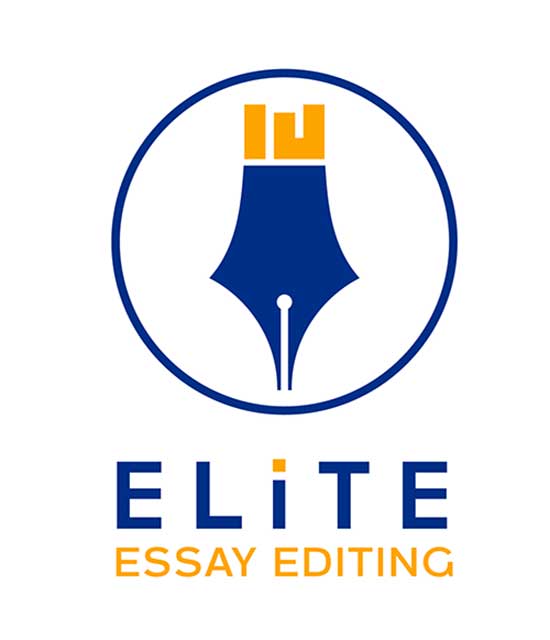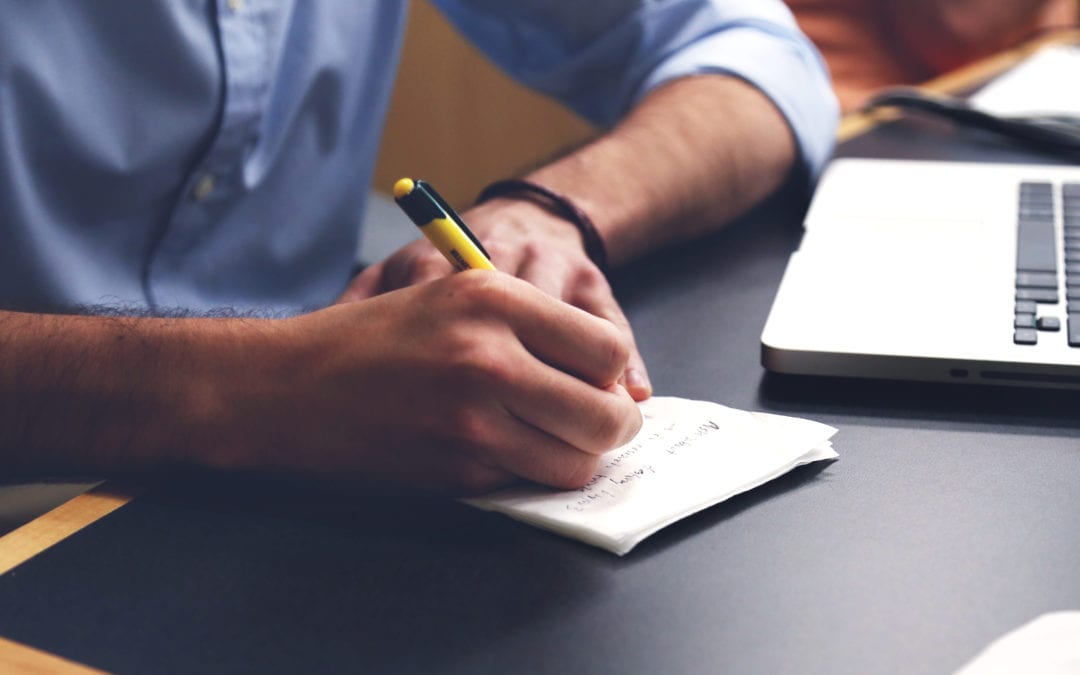If you’re not planning on doing a second draft on your essay, think again. Even the greatest writers of all time will have typos, awkward sentences, and poor word choice in their first drafts. As good of a writer as you may be–even if you’re the best writer in your high school–you’re a better second draft writer than a first draft writer.
Your second draft is your chance to refine what you want to say. In a limited word count, it can be easy to think you’re staying on topic but then realize what you wrote about doesn’t fit in the flow of your story. It’s easy to realize on your second go-around that what you thought was clear actually just sounds pretentious and jumbled. With (hopefully) a fresh set of eyes, you can rework certain sentences, make sure you have a cohesive narrative, and blend it all together.
How do you do this? To be frank, it’s hard to give specific advice because each first draft will need something different. Some drafts have remarkably good content but need fine-tuning on the specifics, while some will seem so plain they’ll need an overhaul.
In general, your gut will tell you the right answer. What’s your immediate reaction when you read your essay after having taken some time off? Is it “huh, this is pretty nice” or is it “oh man, this sucks”? Remember, your essay should elicit a strong emotional response. If it’s not, it may be time to start over or perform some surgery.
My first step would be to make sure the content works. Are you happy with it? Does it have enough detail? Does it elicit the response you were hoping for? All of these are questions you should be answering “yes” to. If not, fix it up.
Next, it’s time to check your grammar and spelling. If you’re good at this, you can do it yourself. I recommend printing it out or blowing up the font to something much larger than normal—this will force you to look at it from a different angle and you’ll be more likely to catch grammatical errors. However, nowadays, there are several useful online editing tools, including a couple that I use, that will catch many common mistakes for you. I recommend using either Hemingway, Grammarly, or WritingAide. Almost all of these will have a free version you can use or a relatively cheap paid version.
Regardless of how you do it, though, you should use as many different tools as possible. Just using Grammarly will help you some, but I’ve caught errors the app didn’t. Similarly, the printed paper may allow you to catch some errors, but if you don’t know what is and isn’t a grammatical error, a program will prove mighty useful for you.
Once you’ve done all of this, it’s time for the final step of the second draft, one that we’ll go over in the next edition of this series–hand it over to a friend.
Want to have a professional help your second draft of your personal statement? Let me help you get into your dream school.
Want to know everything about writing a personal statement? Find out everything you need to know here.

